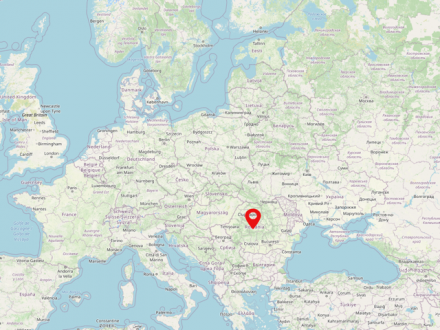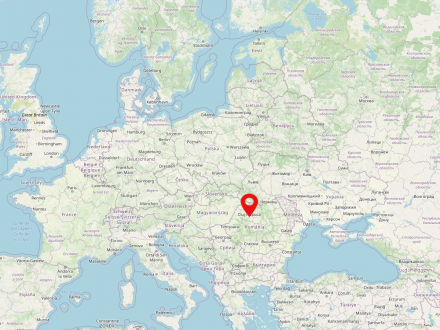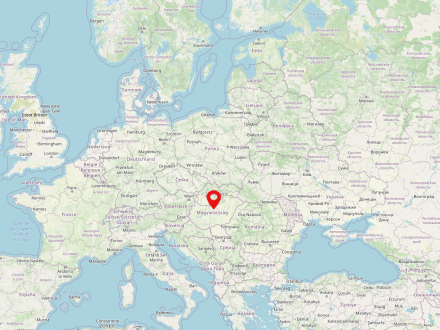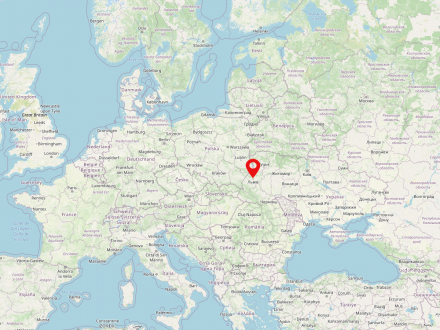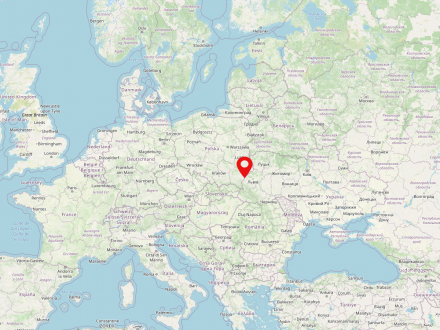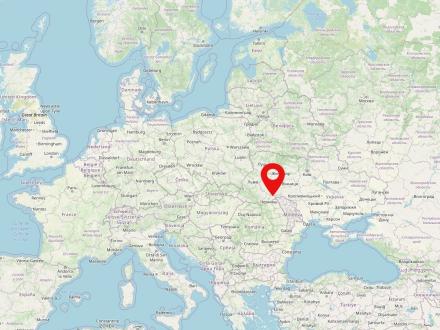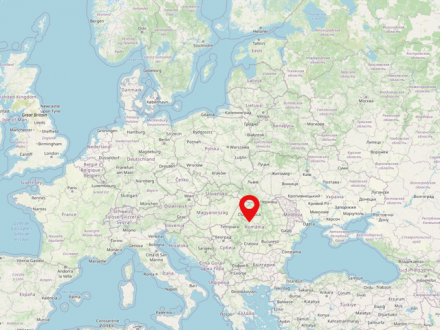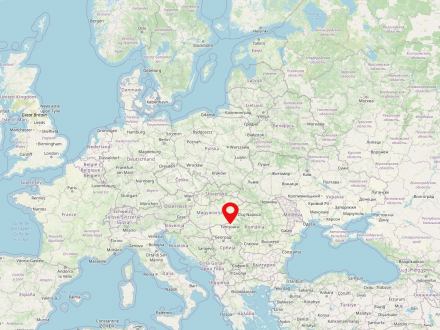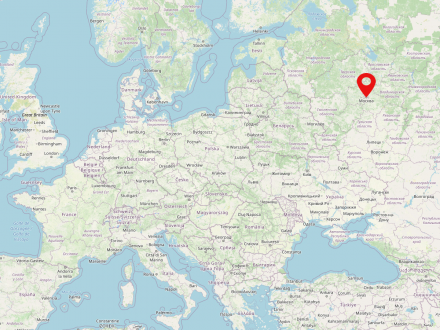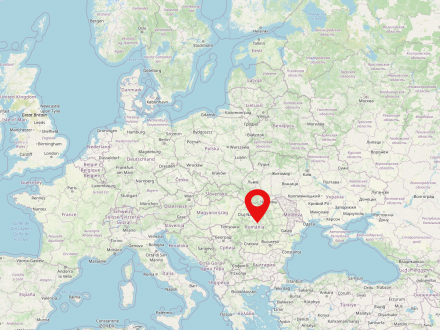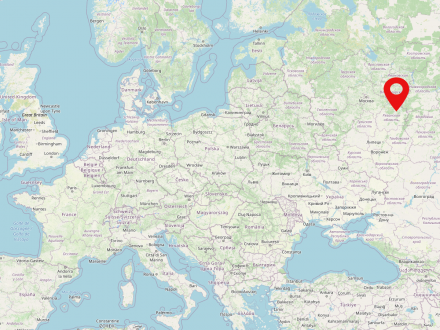Sibiu (rom. Sibiu, hung. Nagyszeben) is a city in central Romania. With almost 147,000 inhabitants it is the capital of the Sibiu County. It is located in the historical region of Transylvania and is an important place of the German speaking minority of the Transylvanian Saxons. Sibiu is located about 275 km northeast of Bucharest, the capital of Romania.
Cluj-Napoca (German: Klausenburg, Hungarian: Kolozsvár) is a major city in the Transylvanian county of Cluj in northwestern Romania. It is the second largest city in Romania with about 324,000 inhabitants.
Budapest is the capital of Hungary and the largest city in the country with about 1.7 million inhabitants. It is located in central Hungary on the Danube River. Budapest was created in 1873 by the merger of the cities of Buda and Pest.
Lviv (German: Lemberg, Ukrainian: Львів, Polish: Lwów) is a city in western Ukraine in the oblast of the same name. With nearly 730,000 inhabitants (2015), Lviv is one of the largest cities in Ukraine. The city was part of Poland and Austria-Hungary for a long time.
Due to the war in Ukraine, it is possible that this information is no longer up to date.
Galicia is a historical landscape, which today is almost entirely located on the territory of Poland and Ukraine. The part in southeastern Poland is usually referred to as Western Galicia, and the part in western Ukraine as Eastern Galicia. Before 1772, Galicia belonged for centuries to the Polish-Lithuanian noble republic, and subsequently and until 1918 - as part of the crown land "Kingdom of Galicia and Lodomeria" - to the Habsburg Empire.
As a front-line physician, Dr. Hager fought his own battles with cholera, typhoid, smallpox and frostbite. His front-line experiences and fervent personal commitment to the preservation of human life – as evidenced by numerous awards that have been preserved to this day – shaped the Sibiu physician, instilling in him a deep sense of humanity.
Khotyn is a city in southwestern Ukraine. It had about 11,000 inhabitants in 2004 and is located northeast of Chernivtsi, in the historical region of Bessarabia. It is especially known for its late medieval fortress near a historical crossing over the Dniester River. Due to this strategically important location, Khotyn was the scene of repeated significant battles over the centuries with a correspondingly frequent change of rulers. Before World War II, it was also an important center of Jewish life in Bessarabia.
Due to the war in Ukraine, it is possible that this information is no longer up to date.
"We talked about the professors there [in Berlin], about common experiences at the front, like typhus and leave. After the dinner and a lot of Polish schnapps, the Russian military personnel went back to their positions. [...] I didn't think I would ever hear from him again."
Transylvania is a historical landscape in modern Romania. It is situated in the center of the country and is populated by about 6.8 million people. The major city of Transylvania is Cluj-Napoca. German-speaking minorities used to live in Transylvania.
Arad is a city in western Romania. The city is inhabited by about 160,000 people and is in the northern part of the historical Banat region, or in the southern part of the Kreish region. Within Romania, Arad belongs to Transylvania.
Moscow (Russian Москва́) is the capital of Russia and also the largest city in the country. With about 12.5 million inhabitants, Moscow is the largest city on the European continent.
"I got as far as his office, and to legitimize my presence there, I showed Elanski two photographs of my father and Elanski at the command post on that Christmas of 1917. Elanski expressed his pleasure again and again and invited me to his home. However, because I was under constant surveillance, this visit never took place."
However, the meeting helped to refresh the friendship: "Elanski sent gifts of books to Sibiu."
Romania is a country in southeastern Europe with a population of almost 20 million people. The capital of the country is Bucharest. The state is situated directly on the Black Sea, the Carpathian Mountains and borders Bulgaria, Serbia, Hungary, Ukraine and Moldova. Romania was established in 1859 from the merger of Moldova and Wallachia. Romania is home to Transylvania, the central region for the German minority there.
The Soviet Union (SU or USSR, Russian: Союз Советских Социалистических Республик (СССР) was a state in Eastern Europe, Central and Northern Asia existing from 1922 to 1991. The USSR was inhabited by about 290 million people and formed the largest territorial state in the world, with about 22.5 million square km. The Soviet Union was a socialist soviet republic with a one-party system.


